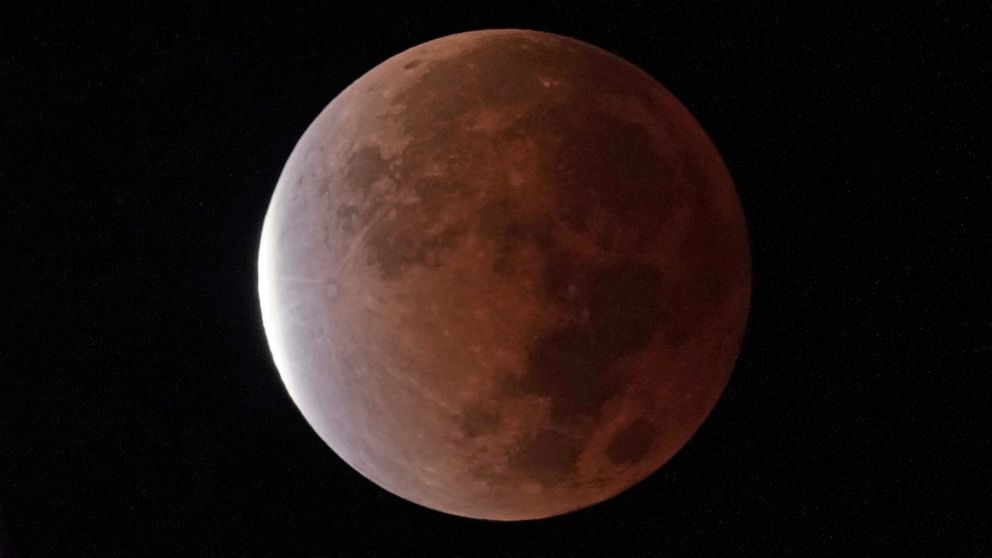NASA is looking for ideas for a nuclear reactor on the moon
If anyone has a good idea how to put a nuclear fission power plant on the moon, the US government wants to know about it
November 19, 2021, 9:11 pm
Read for 3 minutes
Share on FacebookShare on TwitterSend this article via email
BOISE, Idaho – If anyone has a good idea how to put a nuclear fission power plant on the moon, the US government wants to hear about it.
NASA and the country’s leading state nuclear research laboratory on Friday launched a call for proposals for a fission surface energy system.
NASA is working with the US Department of Energy’s Idaho National Laboratory to build a solar-independent power source for missions to the moon by the end of the decade.
“Providing a reliable, high-performance system on the moon is an important next step in manned space exploration and it is within our reach,” said Sebastian Corbisiero, director of the lab’s Fission Surface Power Project, in a statement.
If it is possible to support a permanent human presence on the moon, the next target would be Mars. NASA says the fission surface energy could provide sustained, abundant energy regardless of the environmental conditions on the Moon or Mars.
“I expect that nuclear fission surface energy systems will greatly benefit our energy architecture plans for the Moon and Mars, and even drive innovations for applications here on Earth,” said Jim Reuter, assistant administrator of NASA’s Space Technology Mission Directorate, in a statement.
The reactor would be built on Earth and then sent to the moon.
The submitted plans for the fission surface power plant should include a uranium fueled reactor core, a system for converting nuclear energy into usable energy, a thermal management system to cool the reactor, and a distribution system with at least 40 kilowatts of continuous electrical power for 10 years in the lunar environment.
Some other requirements are that it can turn itself on and off without human assistance, that it can operate from the deck of a lunar lander, and that it can be removed from the lander and operated on a mobile system and transported to another lunar location for operation .
In addition, if it is launched from the earth to the moon, it should fit inside a cylinder 4 meters in diameter and 6 meters in length. It shouldn’t weigh more than 6,000 kilograms.
The requests for quotations relate to an initial system design and must be submitted by February 19th.
The Idaho National Laboratory has worked with NASA on a variety of projects in the past. Most recently, the lab helped power NASA’s Mars rover Perseverance with a radioisotope energy system that converts the heat generated by the natural decay of plutonium-238 into electricity.
The car-sized rover landed on Mars in February and remained active on the red planet.
The Department of Energy has also worked with private companies on various nuclear power plants, particularly a new generation of smaller power plants ranging from small modular reactors to small mobile reactors that can be quickly set up on site and removed again when not needed.



Comments are closed.